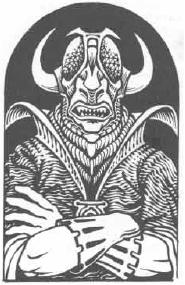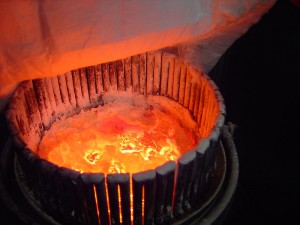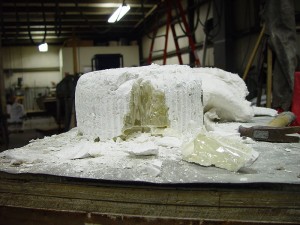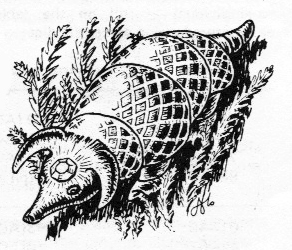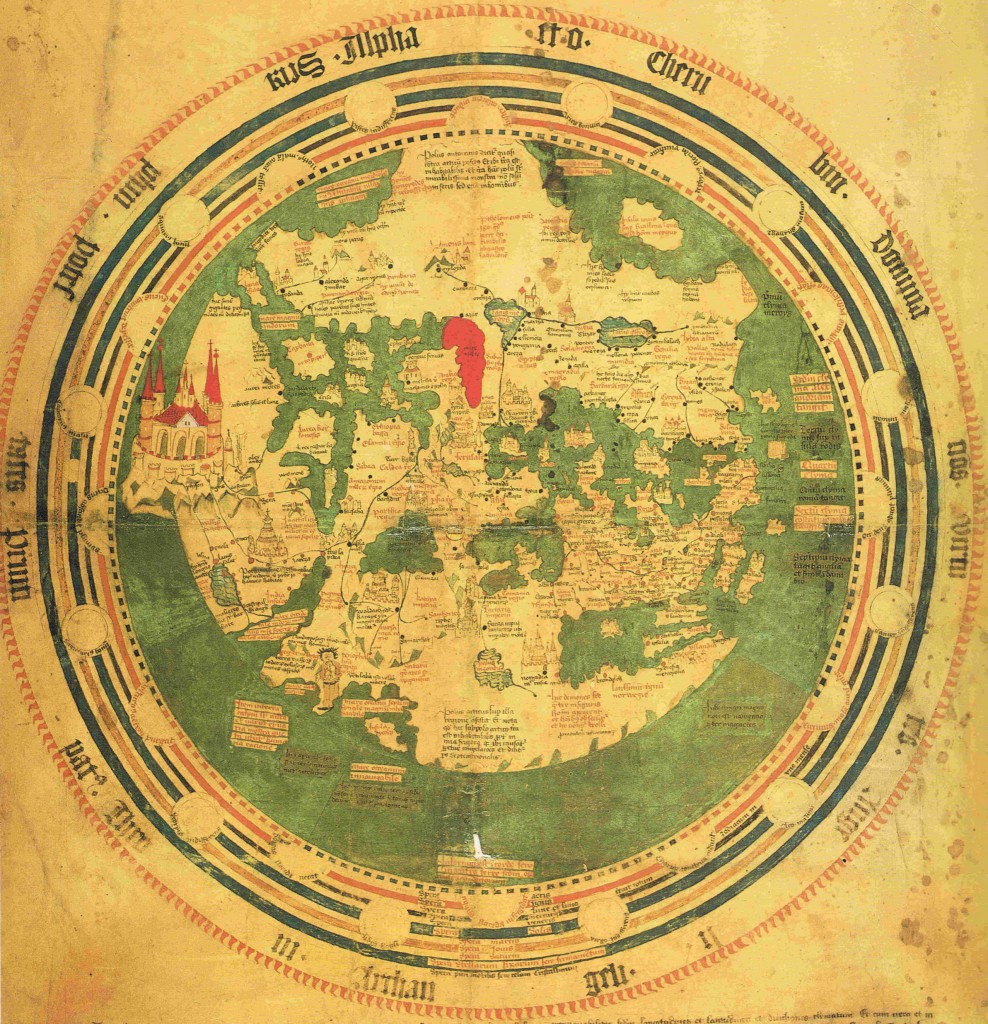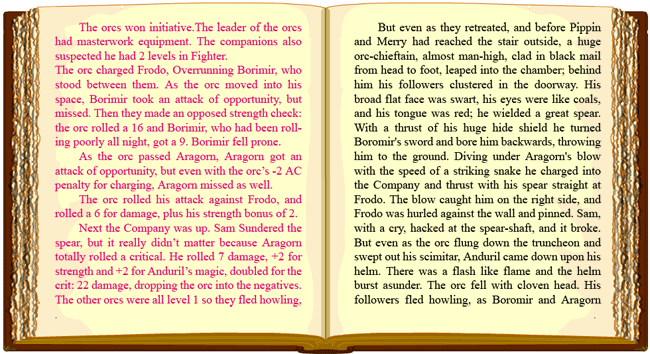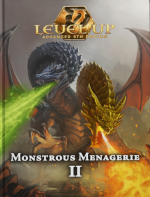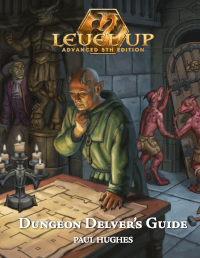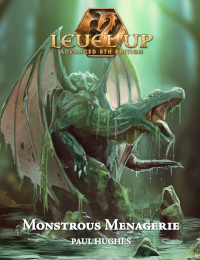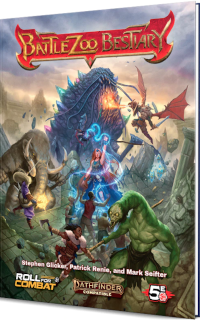I’m not making any claims to originality here: angelic devils are just about the next most gothy thing after vampires. But if Asmodeus, Baalzebul, bone devils, pit fiends, etc all looked like angels, it would solve a lot of specific D&D problems.
1) Right now, players treat devils and demons the same way. Is that a pit fiend or a balor? Imp or quasit? Who cares, just smite it. If it’s red and has horns, it probably has the same immunities and weaknesses. It’s an irrelevant distinction unless a player happens to have, say, a lawfully-aligned sword.
Now change it so that devils look like angels. Instead of being irrelevant, that ambiguity drives the story. In most cases, players really want to know whether they’re facing off against a devil or a good angel.
2) It’s impossible for me to care who wins the Blood War. A bunch of red goat men shooting fire at each other? Sounds like a family squabble I’d rather stay out of, and I’m not even interested in reading about. But red goat men battling the shining heavenly hosts, and both sides are evil? That’s a spectacle worth staging as part of an adventure. Because you can tell who’s who, it’s easier to players to foolishly root for one side or another, or, even more foolishly, get involved.
3) Pacts with devils are insufficiently tempting. The cool thing about devils is their cunning and persuasiveness. Their appearance doesn’t support that. Once you see a guy with horns, you don’t care how good his contract looks: you know that if you sign it, you lose.
Now imagine this: an angel visits you. The angel will help you, if you prove yourself worthy by performing a holy service. There’s no tip-off pitchfork in sight. The only way to distinguish between an angel and a devil is by using your own moral sense about whether the deed the angel requires is really a good deed – and your moral sense, naturally, might be skewed by your desire for the reward. This is a much more effective and plausible temptation than the usual deal offered by devils: “I’m gonna tell you right up front: eternal torture comes with the package.”
In fact, as far as I’m concerned the whole “sign your name in blood” thing can go. Both angels and devils can work the same way. If you do the deeds they require, and thus prove yourself “worthy”, you’ll get the appropriate afterlife reward (good or bad).
4) Demons don’t currently have their own thing. Devils have a thing: they’re manipulators. Demons’ thing is that they are red fire guys who cause destruction — just like devils and demodands. If anything, the demon’s defining characteristic is negative. Unlike devils, they’re NOT manipulators. This doesn’t even work very well, since the demons have Graz’zt and (sometimes) succubi on their team. If the demons had sole ownership of the horns, leathery wings, and brimstone, they’d at least have something.
5) Bad match with the lore. In a lot of cosmologies, devils are angels who were thrown out of the heavens. In a strange case of parallel evolution, they ended up looking just like their neighbors the demons – for some reason? Let them keep their nice heavenly robes. I think they’re more sinister that way anyway.
So if devils look like, think of themselves as, and refer to themselves as angels, what separates them from angels? Clerical magic certainly can’t reliably distinguish them, otherwise devils would never get their hands on their favorite victims: clerics, paladins, and inquisitors. But there are differences between the types.
For one thing, devils have no godly master. They serve themselves or other devils. (They still serve with the same spooky singlemindedness and self-righteousness as angels.)
Furthermore, they have some imperfection not shared by real angels. I’m leaning towards the fact that they need to eat souls to maintain their immortality – that’s why they want them so badly. They might need to eat living bodies to get the souls, which is why Faustian devils so often drag people offstage alive. When they can’t get human souls, they’ll take anything. You might turn a corner in a dungeon to find a bunch of “angels” stuffing bugs and rats into their mouths.
Here are some potential problems that might be caused by swapping all the devil art in D&D. Maybe you can help me solve them.


